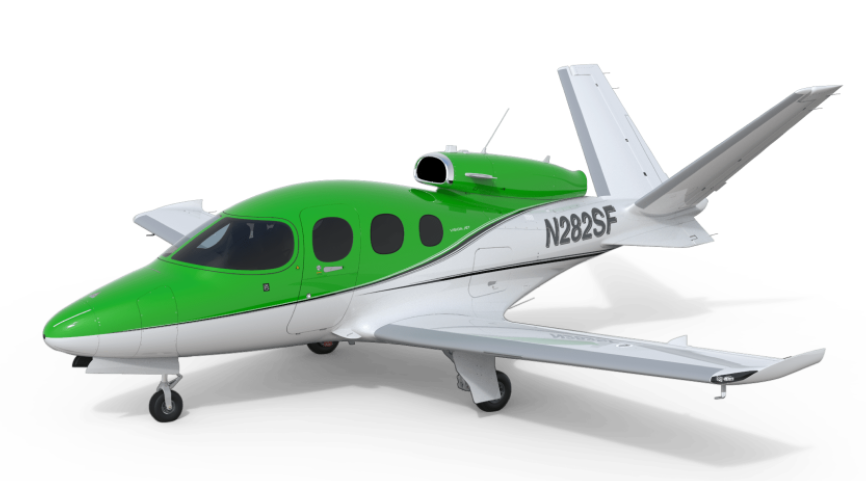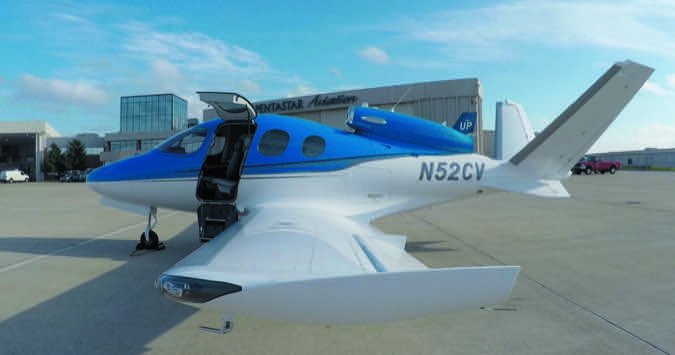

With full fuel at a best economy power setting, which delivers around 210 knots, the jet will travel better than 1,250 nm (IFR range). That improvement was in response, Klapmeier admitted, to customer requests for more range - many deposit holders said that because they planned to fly the airplane light, most often solo or with just one other occupant aboard, they wanted and would use the extra fuel capacity on most flights.īased on Cirrus’ current numbers, they’ll get their wish. The full-fuel payload is now up to 400 pounds, an increase of 100 pounds. And there’s a new, rounder fuselage cross section, though it’s hard to see the difference with the naked eye.īecause of the weight saving, Cirrus was able to add 20 gallons of fuel, increasing the Vision’s usable capacity to 280 gallons (1,960 pounds). To cut weight Cirrus will also do without the right side door, a move that program head Mike Van Staagen said would save weight without greatly cutting convenience. Also changed is the angle at which the thrust exits the turbofan engine, in part to make for lower stick force changes when the pilot adds or reduces power and to reduce rotation forces. Designers improved the wing-to-fuselage fairing for reduced drag and eliminated the wing leading edge cuff. In order to reduce drag and optimize the nose gear design, it gave the nose a deeper and more streamlined shape, and it changed the V-tail, giving it considerably less sweep and saving 40 to 60 pounds in the process. Among other changes, some more recent than others, Cirrus has eliminated the winglets in favor of conventional wingtips, thereby cutting pounds and increasing fuel capacity. Regardless of what the final tally is, Cirrus has cut weight from the model through some re-engineering. Furthermore, Cirrus has not yet decided whether it will attempt to get credit for the BRS chute in the spin program or go through the conventional spin matrix. (In the production version, the chute will be a full-fledged whole-airplane recovery installation.) On the test article there’s also a spin chute on the tail, though spin testing has not yet commenced. In this installation, however, the chute isn’t intended to allow the occupants to ride the airplane to the ground but simply to stabilize the jet to allow the test pilots to bail out. The airplane, interestingly, is outfitted with a BRS whole-airplane parachute from an SR22. They’ve also done engine restarts and stalls, and they’ve expanded the CG envelope to its expected limits. The flight test team has put more than 120 flight hours on the airplane now, and pilots have taken the Vision to its 25,000-foot ceiling and maximum speed. The reason, Cirrus Chairman Alan Klapmeier explained, was that the company sees the Vision jet as being critical to its long-term prospects. And the jet’s development team was one of the few departments at Cirrus not to be hit by layoffs and furloughs last year.



And while Cirrus did announce that it was slowing the pace of the development program, that pace up until now has been brisk. The four- to six-seat jet is slated for certification and first deliveries in late 2011 or early 2012.
#CIRRUS VISION JET OPERATING COST SERIES#
In a web conference late last year, Cirrus Design announced some key performance figures and weights for its Cirrus Vision jet, and it laid out a series of changes it has made to the jet as development has progressed.


 0 kommentar(er)
0 kommentar(er)
